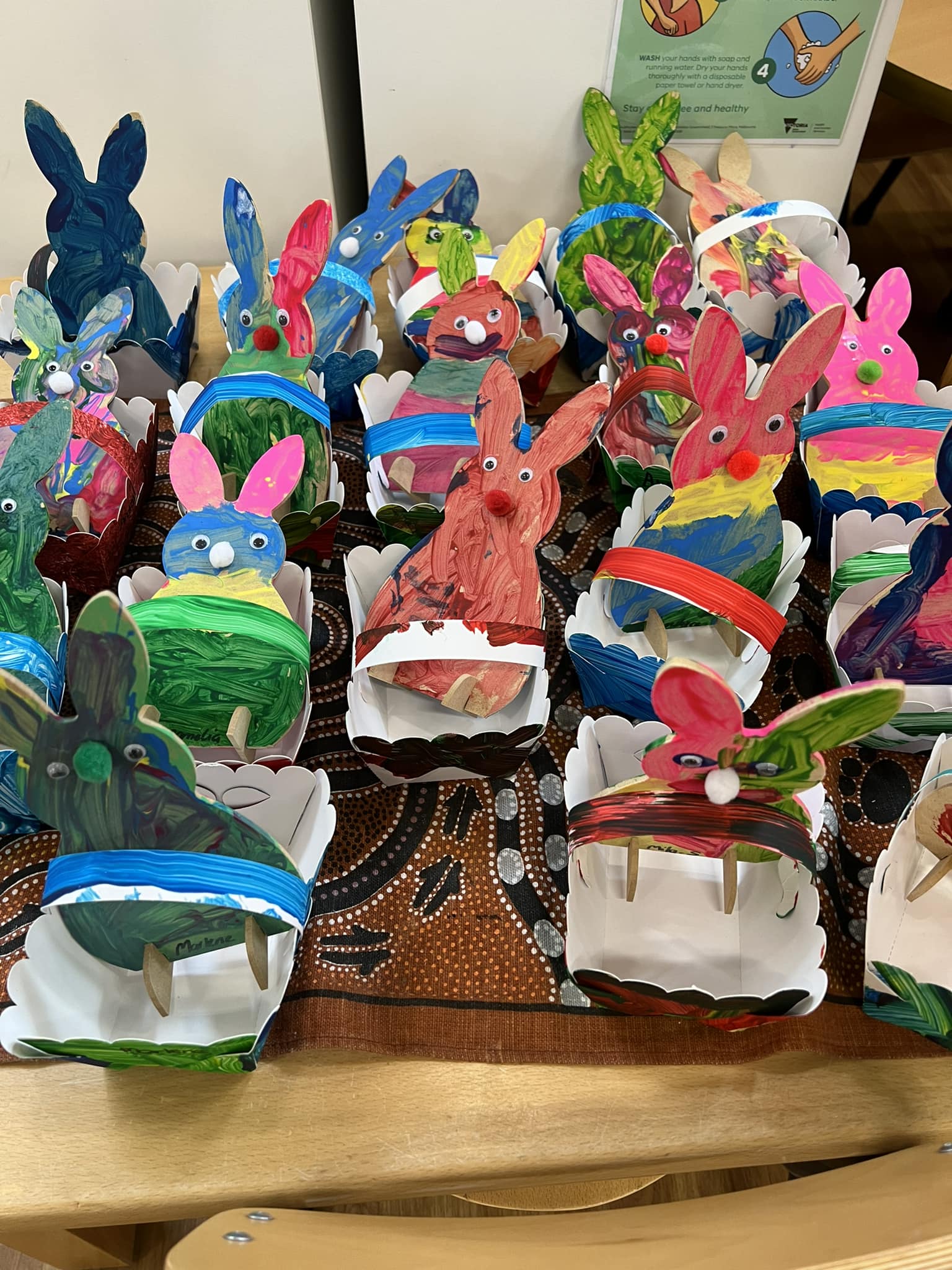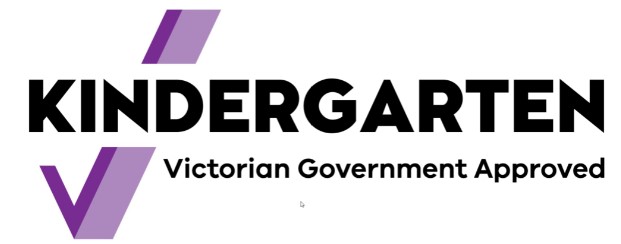Artful Learning: Integrating Creative Arts Program into Kindergarten Curriculum
10 October 2024
Gower Street Kindergarten integrates a creative arts program into our curriculum to enhance children’s cognitive, emotional, and social development.
Creative arts programs have become an increasingly important aspect of early childhood education, particularly in kindergarten classrooms. These programs offer a unique opportunity for young learners to engage in hands-on, multisensory experiences that foster creativity, self-expression, and a love for learning. By integrating a comprehensive creative arts program into the kindergarten curriculum, educators can create a dynamic and engaging learning environment that supports the holistic development of each child.
The Value of Hands-on Learning Through Artistic Activities
Hands-on learning through artistic activities is a powerful tool for engaging young learners and promoting meaningful learning experiences. When children are allowed to explore their creativity through various art forms, they develop a deeper understanding of concepts and a stronger connection to their learning. Creative arts activities encourage children to experiment, problem-solve, and express their ideas, fostering a sense of agency and confidence in their abilities. Moreover, these activities provide a platform for children to develop fine motor skills, spatial awareness, and attention to detail, all of which are essential for their overall development and academic success.
Key Components of an Effective Creative Arts Program
An effective creative arts program in a kindergarten setting should incorporate a variety of art forms, each with its unique benefits and learning opportunities. Here are some key components to consider:
• Visual Arts – Visual arts activities, such as drawing, painting, and sculpting, allow children to express their ideas, emotions, and experiences through various media. These activities promote fine motor skills, hand-eye coordination, and creative problem-solving. By engaging in visual arts, children learn to observe, analyse, and interpret the world around them, developing their critical thinking and communication skills.
• Music and Movement – Music and movement activities are powerful tools for promoting language development, social interaction, and physical coordination. Singing, dancing, and playing musical instruments encourage children to express themselves, work collaboratively, and develop a sense of rhythm and timing. These activities also support the development of memory, attention, and self-regulation skills.
• Drama and Role-Play – Drama and role-play activities allow children to explore different perspectives, practice social skills, and develop language proficiency. Through storytelling, puppetry, and imaginative play, children learn to express themselves, collaborate with others, and develop a deeper understanding of the world around them. These activities also support the development of empathy, emotional intelligence, and self-confidence.
• Crafting and Design – Crafting and design activities, such as collage-making, origami, and building with blocks, provide opportunities for children to explore their creativity, develop fine motor skills, and practice problem-solving. These activities encourage children to experiment with materials, follow instructions, and create unique projects. Crafting and design activities also support the development of spatial awareness, mathematical thinking, and attention to detail.
At Gower Street Kindergarten, we believe in the power of creative arts to inspire and engage young learners. Our comprehensive arts program is designed to support the holistic development of each child, fostering creativity, self-expression, and a love for learning. Reach out to us to learn more about our program and how we can support your child’s growth and development.

